NANCY
CAVENDER
GARCIA
NANCY
CAVENDER
GARCIA
DOPPELGANGER: a ghostly counterpart of a living person
Driving down the road on a hot day I see water on the highway. Yet the closer I get to it, the farther away the water recedes in front of me. I can never reach the nonexistent water, the doppelganger being created, no matter how hard I try or how thirsty I get.
Since man began walking on this planet, he started using the natural resources around his camp. As the surrounding resources were exhausted, he simply abandoned his camp and moved on to unspoiled land. Over the years as we have become ever more efficient at gathering and using these resources, we have run out of greener pastures, and can no longer move on. Man now controls the fate of the entire planet, and yet we continue to gather, use, and abuse our planet at an even faster rate.
Mankind believes that we can find ways to recreate the natural resources and beauty that we destroy. Yet, just like leaving Eden, there is no way back. The best we can do is to create doppelgangers, mere reflections of what has been lost.
The conservation and care of our planet must begin with us. The alternative is that we will leave future generations only doppelgangers, nothing more than shadows and memories of the true beauty and wonder of our world. Our children may be able to look, but they won’t be able to touch and feel and understand what is now gone.
Silver Gelatin Prints
20 x 24 inches
1995
WELCOME
DOPPELGANGER
OBJECT/STORY/PLACE
FLEETING MOMENTS
DIVERSE CULTURES/ONE LAND
PRESS
CV
CONTACT
BLOG
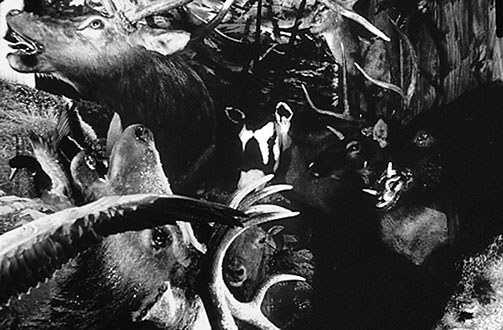
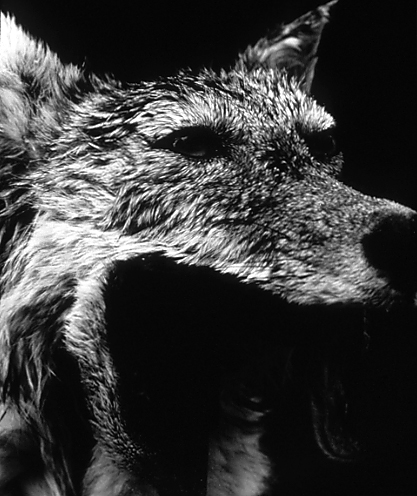
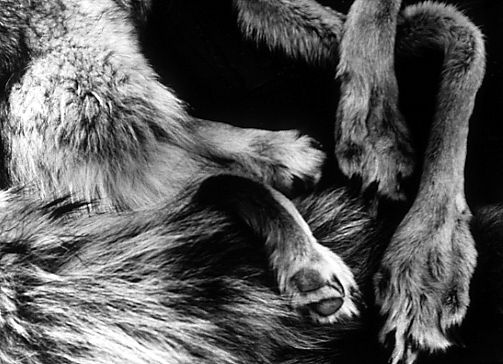


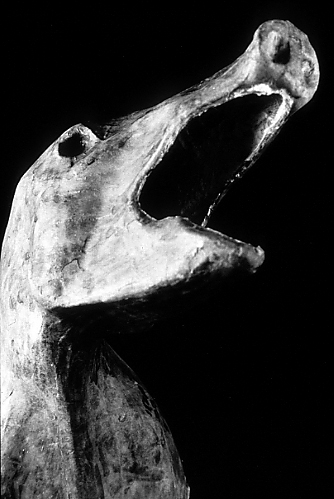
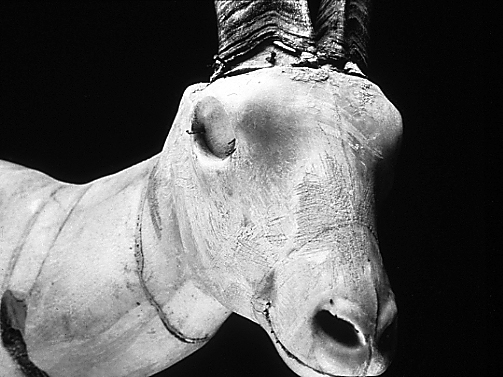
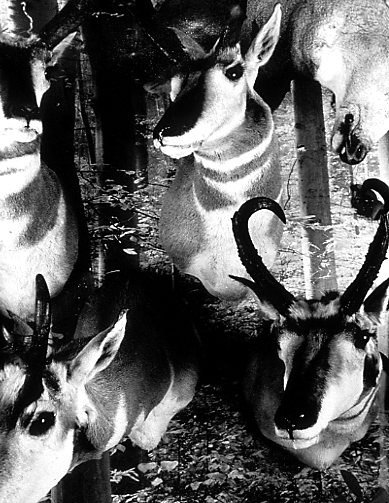

OBJECT/STORY/PLACE
People have a need to understand their place in the world, experiencing an ongoing symbolic process that continuously recreates the world by imposing meaning and order on it. Humans need meaning and order, or metaphors for understanding their world and their place in it. At one time, people could gain this order or sense of place from the land on which they were raised, lived and died, and the family by whom they were surrounded during most of their lives. Traditionally, our physical environs created our sense of place. However, in today’s fast-moving society, where staying in one place for any reasonable amount of time is unlikely, the physical environment no longer furnishes us with our sense of self or place. The physical environment has been replaced by the objects that we carry with us. These objects have stories attached to them, and that is why they are important to us.
Oral tradition is a human element; one that is drawn forth by the presence of cherished objects. These objects become the trigger point for personal stories to be told again and again. The object is a token of its story, a small part that represents the whole. The story is held in that small part until the viewer’s curiosity draws it forth. The storyteller, the object, the story and the listener are all equally important, for one cannot exist without the other.
I have invited individuals to talk about their most cherished objects. I photographed them in the place where they were kept in the home and then I recorded, in the owner’s voice, the story regarding the object. These silver gelatin prints are the culmination of that work and the expression of the meaning these objects hold. They are a vehicle for individuals to define personal identity, and they provide an anchor for that personal history and self-definition. I am intrigued by the notion of place as a flexible concept that people can create or recreate wherever they are with the objects they choose to surround themselves.
I want to give voice to the idea that humans have the common trait of needing metaphors to make sense of their lives. I want the images and voices in this installation to represent the human element as a living force, a force to be recognized and respected. My goal for this project will be that the viewers of the installation will gain some knowledge about their sense of place through the power of cherished objects and their stories, as well as the realization that they are not alone in their search for metaphors.
Silver Gelatin Prints
2001
VIEW FULL SERIES
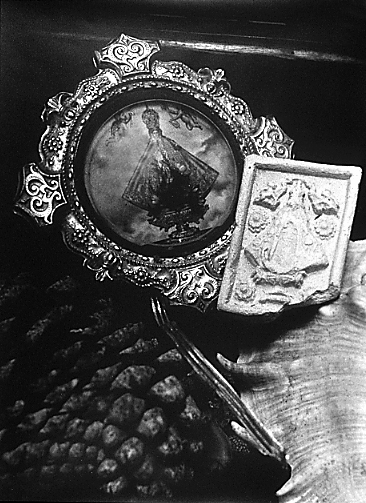
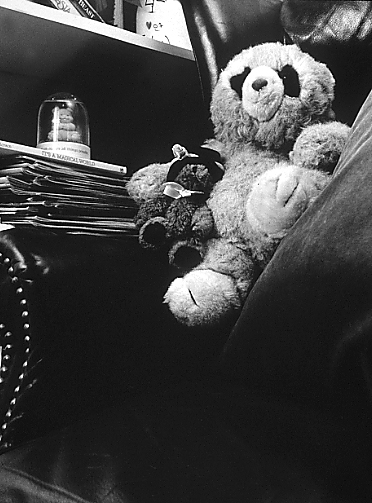
FLEETING MOMENTS
Cyanotypes
11 x 14 inches
1996
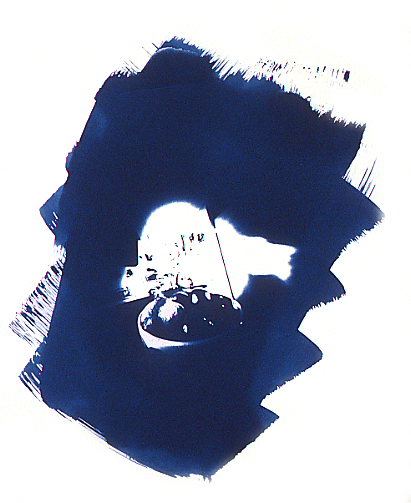
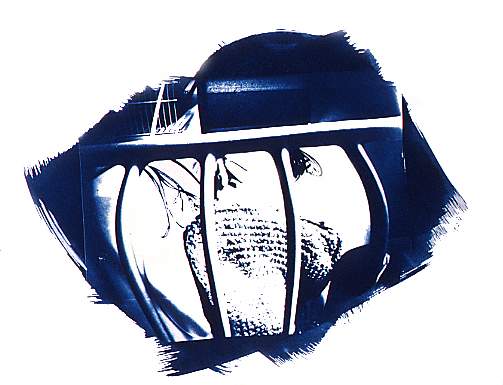
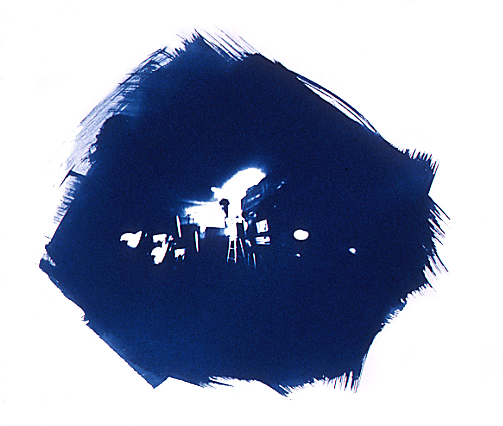
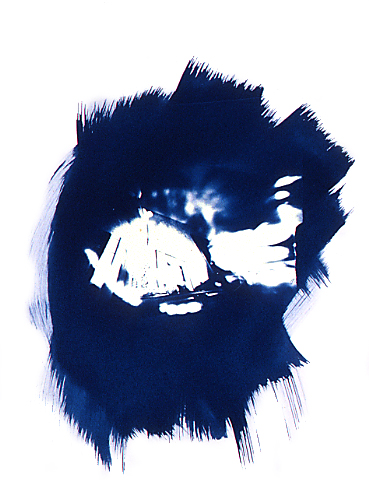
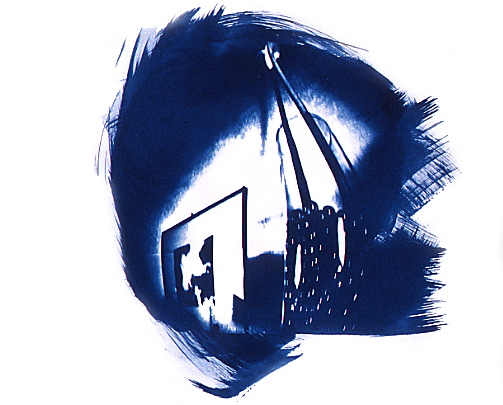
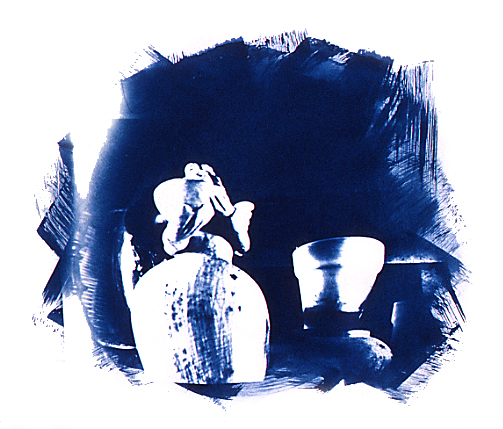
DIVERSE CULTURES/ONE LAND
We as artists found it interesting that such diverse groups of people would be connected or linked by one piece of property. As we learned more about the history of the 1200 acres, we discovered that this was not a new phenomenon for this land. According to Texas A&M archeologists, “The LHI site has been identified as one of the most unique anthropological and archeological locations in the United States.” Artifacts found on the land show evidence of human habitation extending back 15,000 years.
Throughout the years peoples have come and gone from this land, leaving traces and influences both on the land and each other. The nine Diverse Cultures / One Land images deal with the influences of the following: original ancient Americans, the Spanish (the Ignacio Perez Family and “the oldest working ranch in Texas”), the settlers (the Applewhite, the Presnall and the Watson families), the slaves, the cattle ranchers, the archeologists, the current Native Americans, the future that man will have on the land, and lastly, the natural land itself that brings us all together.
This project consists of portraits of cultures. This 1200 acres is a microcosm of Texas culture itself, dating back to the beginnings of human life in Texas. According to Dr. Alston Thoms, a Texas A&M archeologist who has spearheaded much of the archeological work on the LHI property, “The whole of ancient history in Texas, really, South-, Central-, North America, or even in the New World, is embedded in the Land Heritage Institute.” What happens to this land in the future will determine whether or not future Texans have the opportunity to learn about that history. We, as artists, wanted to show these histories and heritages, and to allow those who view our images the opportunity to realize they too are linked to the land and the cultures that have come before them.
-Nancy Cavender-Garcia (lead artist), Robert Garcia, Jennifer Martin, Whitney Smith
Digital Prints on Aluminum
40 x 30 inches
2010
VIEW FULL SERIES
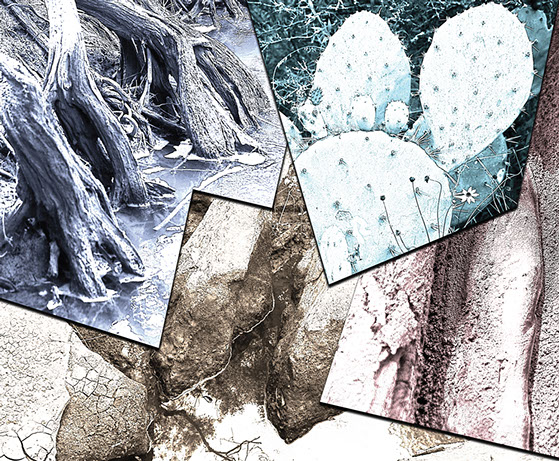
Natural Land
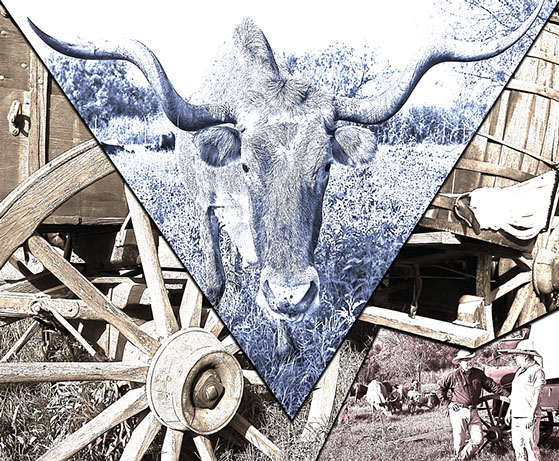
Cattle Ranchers

Land Heritage Institute
Copyright 2015 Nancy Cavender Garcia